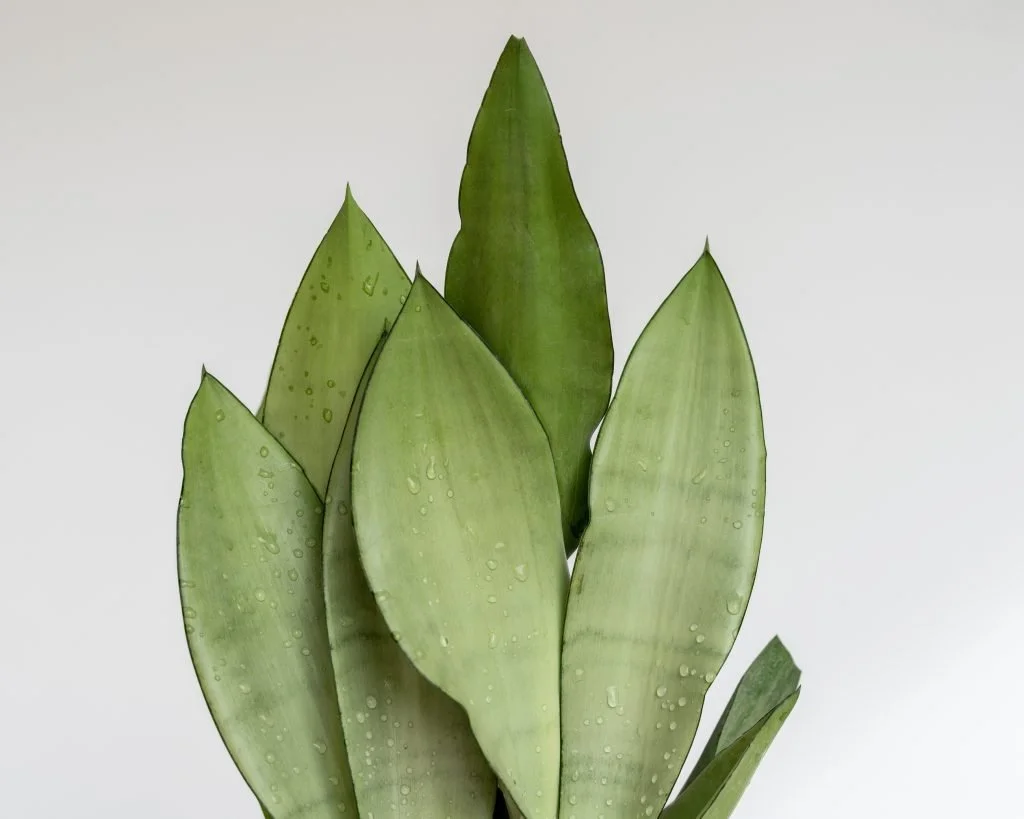Sansevieria
Also known as the easiest houseplant to keep alive !!
Description
Coming mainly from the island of Madagascar, but also south Asia, it was recently regrouped into the Dracaena genus. There are about 70 + species and these range from desert plants to thin leaved tropical ones.
Madagascar - Bucket List !
They all mostly form dense clumps and spread via a stolon or underground stem growing leaves mainly in a rosette form. It blooms usually as a spike with many florets.
spikes with florets
The genus Sansevieria honors Italian scientist and inventor Raimondo di Sangro - Prince of San Severo – 1771.
San Severo – also on the Bucket List !!!!
Habitat
All species can be divided into one of two basic categories based on their leaves: hard leaved and soft-leaved species.Typically, hard-leaved species originate from arid climates and have many adaptations for surviving dry regions. These include thick, succulent leaves for storing water and thick leaf cuticles for reducing moisture loss. Leaves may also be cylindrical to reduce surface area and are generally shorter.Soft-leaved species come from tropical regions. Their leaves are softer, wider and strap-like. Some have stiff, erect, scattered, lance-shaped leaves. The bird's nest ones are short and grow in rosettes.
Growing
As houseplants, snake plants thrive on warmth and bright light. A windowsill is best, but a bright room will also do. Even if they are in a darker corner in our home, you don't need to worry too much – they just won’t grow.They can rot from over-watering, so it is important that they are potted in well-drained soil, and not watered very frequently.
Overwatered and done !
Since the leaves are potentially poisonous if ingested, they are not usually recommended for households with children or pets.
Feng shui
According to FS, because the leaves grow upwards, the plants can be used for feng shui purposes - placing pots near the toilet tank to counter the drain-down vibrations.
Loving it !
Air purification
According to NASA - Sansevieria are capable of purifying air by removing some pollutants such as formaldehyde, xylene, and toluene.
Species and Varieties
Sansevieria trifasciata
variety - Laurentii
variety - Moonshine
variety - Hahnii
variety - Golden
Sansevieria zeylanica
species
Sansevieria aubrytiana
species
Sansevieria masonica
species
variety - Whale Fin
Sansevieria kirkii
variety - Silver Blue
variety - Coppertone
Sansevieria cylindrica
species
Sansevieria boncellensis
species
Sansevieria parva “Fernwood”
species
Sansevieria pinguicula
species
And many many more varieties and hybrids available !!!!
How about filling your windowsill with some !
Call us - we know our Sansevieria !
PLANT SPECIALISTSGREENING NEW YORK FOR OVER 53 YEARS !
Article written by our Staff Horticulturist, Peter B Morris, BSc, MSc, MBAAll photographs used with permission @SHUTTERSTOCK




















